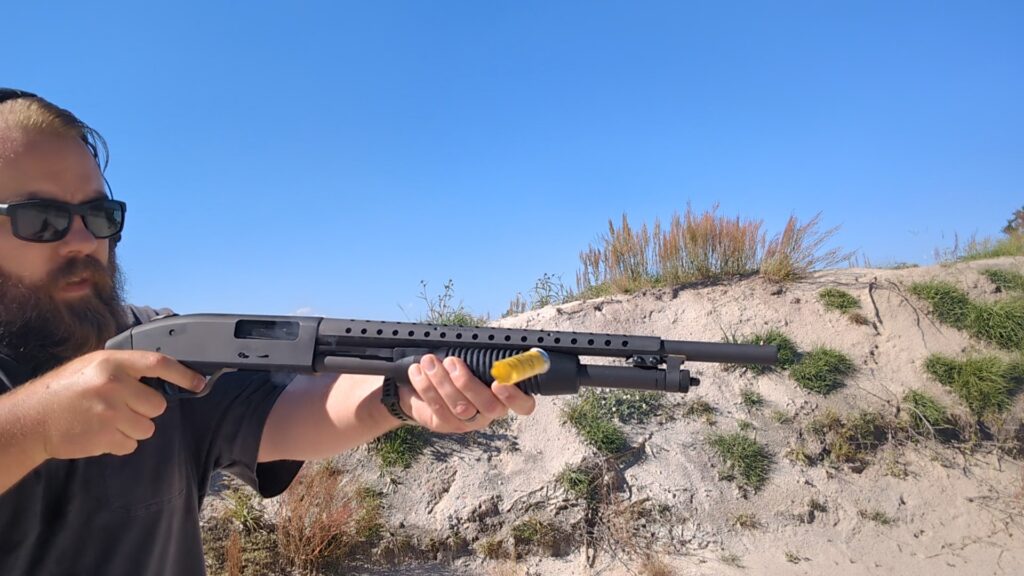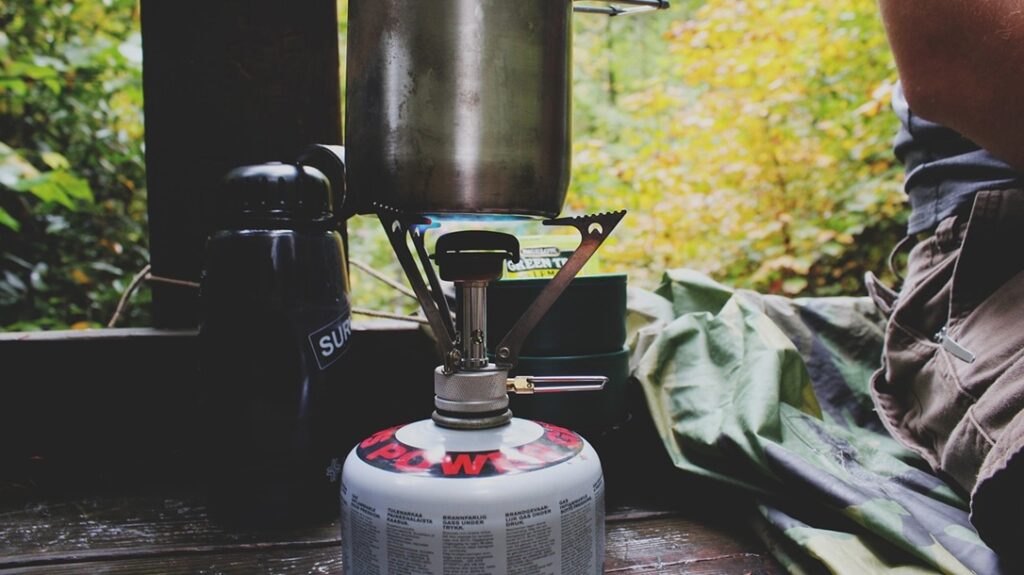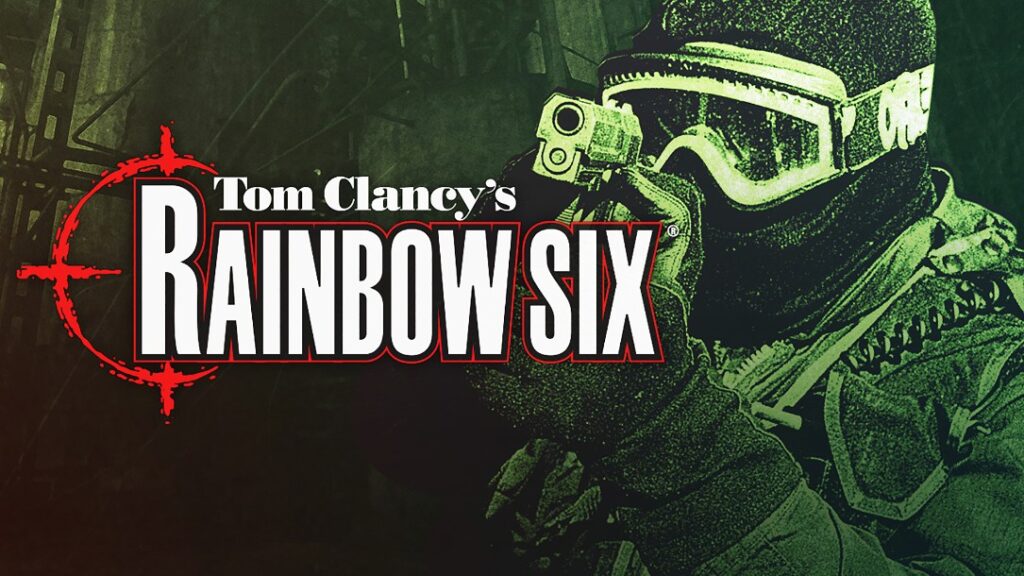Rep. Jennifer Wexton’s (D–Va.) “Gun Violence Prevention Through Financial Intelligence Act” would require the Financial Crimes Enforcement Network (FinCEN) to “request information from financial institutions for the purpose of developing an advisory about the identification and reporting of suspicious activity.” The bill’s aim is to identify a consistent purchasing pattern among people who buy firearms and firearm accessories in order to conduct “lone wolf acts of terror” and expose how the firearms market in the United States is exploited by would-be mass shooters. – Reason
Representative Wexton, of the 52 “lone wolf acts of terror” between 1972-2015, as just published by the FBI, what defining purchase characteristics do you believe stands out? What are the ‘Suspicious Firearm Transactions’?
“Banks, credit card companies, and retailers have unique insight into the behavior and purchasing patterns that can help identify and prevent mass shootings,” Wexton explained in a statement. “The red flags are there—someone just needs to be paying attention.”
Advertisement — Continue Reading Below
Where? What purchase data do we have on these 52 individuals that indicate we can predict their behavior through their credit cards? Ignore the fact that 79% selected targets with no security or minimal exterior security like cameras. Only 15% of lone wolf terror targets had, even rudimentary, hard security measures in place. Physical security certainly seem to be a deterrent. Although that is an oversimplification. But I am to believe suspicious firearm transactions will be conclusive?
But, by all means, let us hear your reasoning for wanting to flag everyone who buys a half case or more of ammunition, because it’s cheaper that way, because you can predict their violent behavior through financial behavior. Go on. I’ll wait. On top of that only 67% of those attacks used firearms, the thing you are purporting to want to track. 27% used explosives, 4% blades, and 6% vehicles. You’re missing a full third, and a very lethal third, of attackers methods.
Additionally, in these lone wolf attacks, 77% (27) of those who used firearms used a handgun while only 40% (14) used rifles. 49% (17) brought multiple firearms. 34% (12) had formal training in their background, military or law enforcement. But again, I’m sure Jennifer Wexton has a compelling reason to want to flag purchases.
Advertisement — Continue Reading Below
Only 26 of the 35 cases have acquisition data on how they got their guns. Of those, 18 had purchased their weapon(s) legally. So we only have, at most, 18 examples to draw data from to establish purchasing habits of a lone wolf mass shooter… 18. And that’s if we could pull those 18’s whole purchasing history, compare it to national averages, and flag outlier behaviors they exhibited to reliably ‘flag’ them.
So you, Jennifer Wexton, want to tell me we can reliably extrapolate data on lone wolf terrorists based on a sample size of 18, assuming we have perfect financial histories on all 18.
Color.
Advertisement — Continue Reading Below
Me.
Skeptical.















